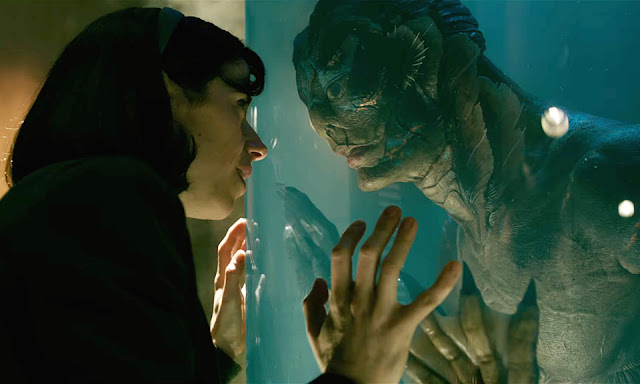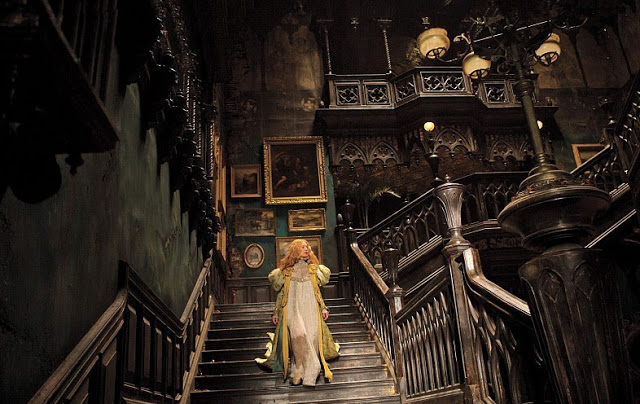The Shape of Water: A Tale of Monsters, and a Creature Too
It’s tempting to call The Shape of Water a monster movie, given that it revolves around the mysterious arrival of an amphibious fish-man—an imposing humanoid creature with slimy, mottled skin, webbed hands, and a nasty temper. And indeed, this inspired whatsit from Guillermo del Toro is replete with disturbing images and ghoulish presences: severed, decomposing fingers; a mutilated housecat; nefarious Russian communists; Michael Shannon’s sneer. Yet while The Shape of Water is suitably invigorating—as he demonstrated in Crimson Peak, del Toro knows how to set a mood and build suspense—it isn’t really a fright flick. It isn’t really any single type of movie, in fact, preferring to hopscotch across genres with dexterous fluidity. The result is a delicate, beguiling film that’s simultaneously familiar and original; you’ve seen the various pieces before, but you’ve never seen them assembled quite like this.
Some of them fit together better than others. A playful and enthusiastic remodeler of classic movies, del Toro takes evident delight in braiding together seemingly conflicting strains of stories; his last feature, the robot-kaiju mash-up Pacific Rim, was basically $190 million worth of giant toys crashing against one another, an appealing idea marred by uncharacteristically poor execution. The Shape of Water is a gentler, more thoughtful picture, but it still shows some seams from where its director has stitched its disparate elements together. As an underdog caper and a spy thriller, it’s entertaining without being especially exciting. But as a romantic fantasy, it largely soars. Read More


